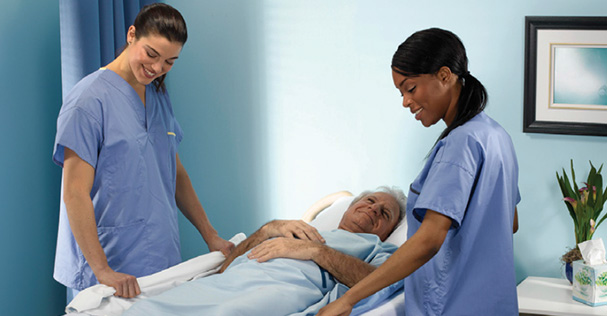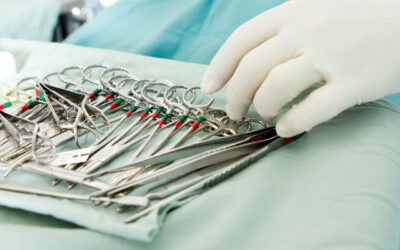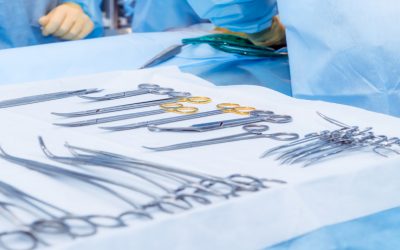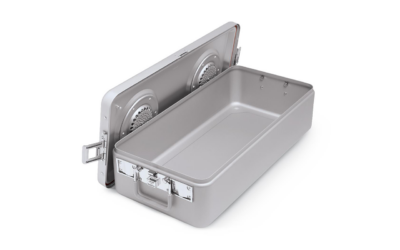By John Wallace
An emphasis on patient safety and satisfaction along with a focus on caregiver safety make lifting and moving patients a very important aspect of care in hospitals, surgical centers and healthcare facilities across the United States.
A 2013 study calls for government action to require the use of safe lifting and moving devices in healthcare settings. The report “The Case for Caring Technology” produced by Patient & Family stresses the use of new technology when it comes to moving patients. It also includes examples of improper techniques for lifting and moving patients.
An increasing number of obese patients in the U.S. are adding to the ill effects many associate with repositioning or moving patients. Many newer patient lift systems reduce or eliminate the need for caregivers to risk injury when moving those under their care. This is one reason the market is expected to grow in the next decade.
An increase in the number of surgeries and procedures expected due to the number of aging baby boomers with health issues is also expected to impact the patient lift system market. When more individuals need or elect for surgeries, there will be an increased demand for devices that provide the safe and effective lifting and transport of patients.
The Patients & Family report suggests that caregivers should not manually lift more than 35 pounds of body weight. This recommendation is impossible without patient lift systems when it comes to transporting a patient from a bed to a chair, a shower to a bathtub or onto a stretcher.
“Indeed, a typical bedside nurse lifts two tons a day,” according to the report.
In the operating room, nurses are often required to help move and position patients. Patient lift systems make this task easier and safer for the caregivers as well as the patients.
Manually lifting patients can also cause concern regarding the possibility of slips, trips, fainting or muscle spasms by a patient that can cause sudden unexpected movement. The report states that it is impossible to predict that a manual lift of a patient will be safe.
In 2013, eight states had “safe patient handling laws,” and the U.S. Veterans Health Administration has made it a policy for all of its facilities.
OSHA is also a proponent of the use of technology to make patient handling and movement safe.
“Patient transfer and lifting devices are key components of an effective program to control the risk of injury to patients and staff associated with lifting, transferring, repositioning or movement of patients,” according to the agency’s Safe Patient Handling website. “Essential elements of such a program include management commitment to implement a safe patient handling program and to provide workers with appropriate measures to avoid manual handling; worker participation in the assessment and implementation processes and the evaluation and selection of patient handling devices; a thorough hazard assessment that addresses high risk units or areas; investment in equipment; care planning for patient handling and movement; training for staff; and program review and evaluation processes.”
“The education and training of healthcare employees should be geared towards assessment of hazards in the healthcare work setting, selection and use of the appropriate patient lifting equipment and devices, and review of research-based practices of safe patient handling,” the website adds.
Injuries to healthcare workers can be expensive and that is another reason facilities are expected to invest in patient lift systems.
“The monetary cost of failing to adapt new methods and technologies is substantial, and encompasses medical expenses, disability compensation and litigation,” according to a recent article on ISHN.com. “Direct and indirect costs associated with only back injuries in the healthcare industry are estimated to be $20 billion annually. Injuries that leave providers in chronic pain cause functional disabilities, absenteeism, and high turnover and make workers less productive, less attentive and more susceptible to further injury. As many as 20 percent of nurses who leave direct patient care positions do so because of risks associated with the work.”









